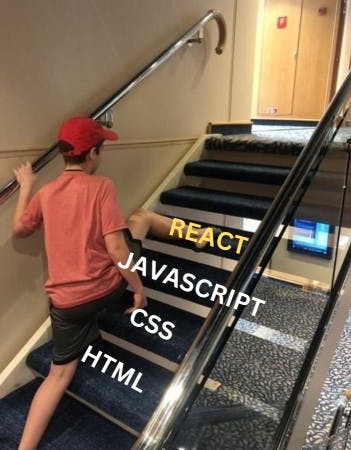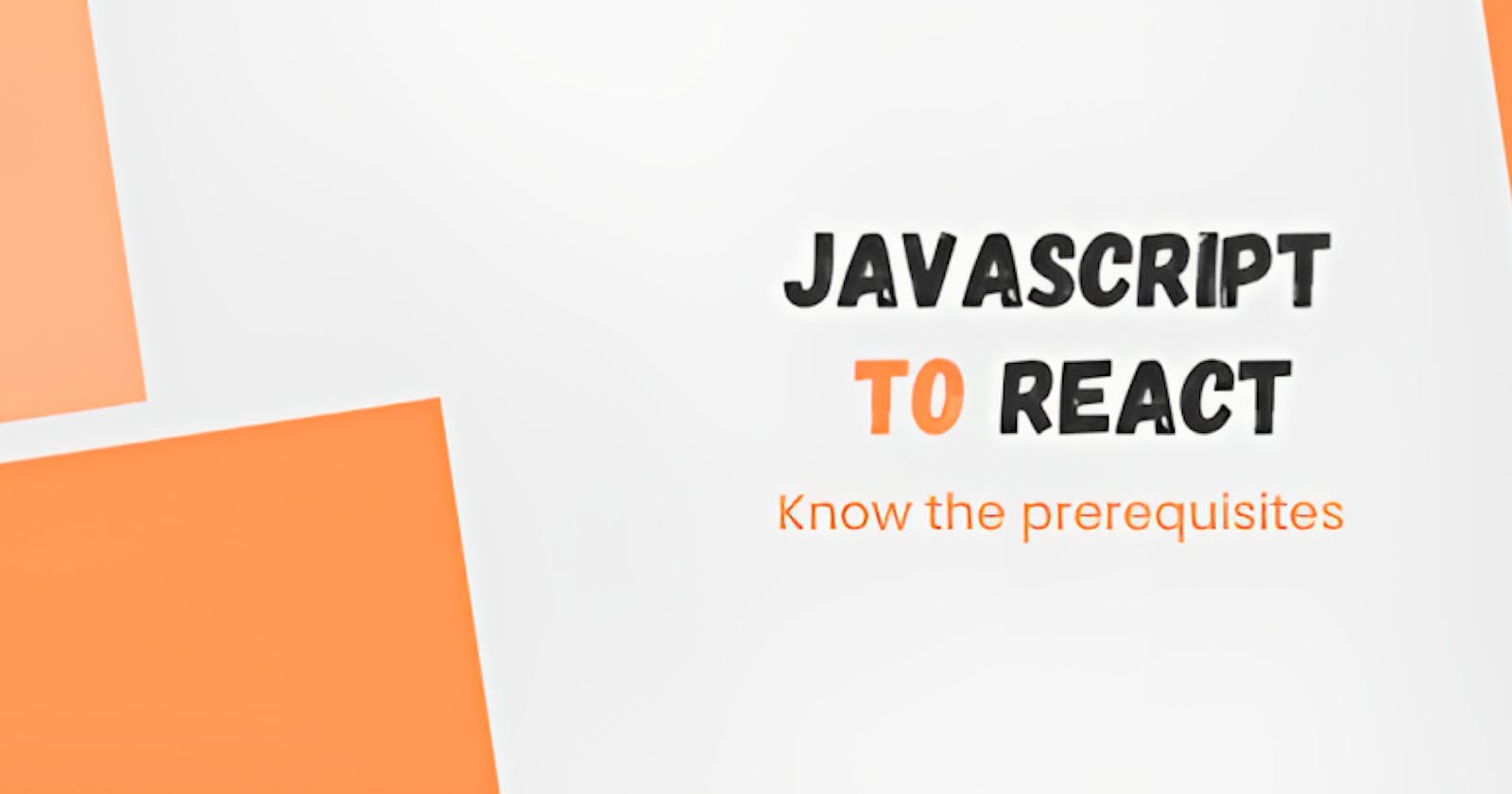Javascript is undoubtedly one of the most popular programming languages used today. It is the backbone of many popular web applications and frameworks, including React. However, many beginners tend to jump right into React without mastering the basics of Javascript. This can lead to confusion and frustration and ultimately hinder their ability to build applications using React effectively. In this blog, we'll explain why it's important to spend time learning Javascript before jumping into React and cover the essential topics to learn before starting.
Understanding the Fundamentals of Javascript
Before diving into any framework or library, it's essential to understand the fundamentals of the language. This includes variables, data types, loops, conditionals, functions, and objects. Understanding these concepts will make it easier to understand the underlying code of React and other frameworks, allowing you to write more efficient and effective code.
// Example of declaring a variable in Javascript let name = "John"; // Example of a for loop in Javascript for (let i = 0; i < 10; i++) { console.log(i); } // Example of a function in Javascript function multiply(a, b) { return a * b; }
Mastering DOM Manipulation
Another crucial aspect of Javascript is manipulating the Document Object Model (DOM) of a web page. This involves selecting HTML elements and manipulating their content, styles, and attributes. Understanding DOM manipulation is vital when building applications with React as it uses a Virtual DOM to update the UI efficiently.
// Example of selecting an HTML element and changing its content let element = document.querySelector("#heading"); element.textContent = "New Heading"; // Example of changing the style of an HTML element let element = document.querySelector("#heading"); element.style.color = "red";
Asynchronous Programming
Javascript is also popular for its ability to handle asynchronous operations, such as fetching data from an API or handling user input. Asynchronous programming involves using promises, async/await, and callbacks. Understanding asynchronous programming is essential when building React applications that interact with APIs and handle user input.
// Example of using a Promise to fetch data from an API fetch("https://api.example.com/data") .then(response => response.json()) .then(data => console.log(data)); // Example of using async/await to fetch data from an API async function getData() { const response = await fetch("https://api.example.com/data"); const data = await response.json(); console.log(data); }
"Learning Javascript is like building a strong foundation. Skipping it is like building a house on quicksand."
Functions and props - the relation
Learning concepts in Javascript can significantly enhance your ability to work with React. For instance, one concept that is particularly helpful to master before jumping into React is "props."
In React, "props" (short for "properties") are used to pass data from one component to another. They are like function arguments or parameters in Javascript. Understanding how to use props in Javascript can make working with React components much easier.
Here's an example:
Let's say you have a Javascript function that accepts two arguments and returns the sum of those two numbers:
function sum(a, b) {
return a + b;
}
Now, let's say you want to use this function in a React component. You can pass the two numbers as props to the component and use the sum function inside the component:
function SumComponent(props) {
const result = sum(props.a, props.b);
return <p>The sum of {props.a} and {props.b} is {result}.</p>;
}
<SumComponent a={2} b={3} />
In this example, the SumComponent takes two props (a and b) and passes them to the sum function. The result of the sum function is then displayed in the component's output.
As you can see, understanding how to use props in Javascript makes it much easier to work with React components that also use props. By mastering Javascript concepts like props, you can make your React code more efficient and effective.

Hope you are not the same guy 😄
Conclusion
Before learning React, it's important to first spend time learning the fundamentals of Javascript.
Understanding Javascript concepts like variables, data types, loops, conditionals, functions, objects, DOM manipulation, and asynchronous programming will make it easier to write efficient and effective code in React.
React relies heavily on Javascript, so mastering Javascript first will make it easier to work with React and other frameworks and libraries in the future.
One specific concept that is helpful to master in Javascript before diving into React is "props," which are used to pass data from one component to another.
By mastering Javascript first, you'll be better equipped to work with React and other frameworks and libraries in the future.
This is my first ever blog which I thought to write after coming across the above-displayed meme 😄. I would love to keep writing blogs on various tech and programming topics. Keep supporting.
"Thank You" so much for reading my blog.🙏
